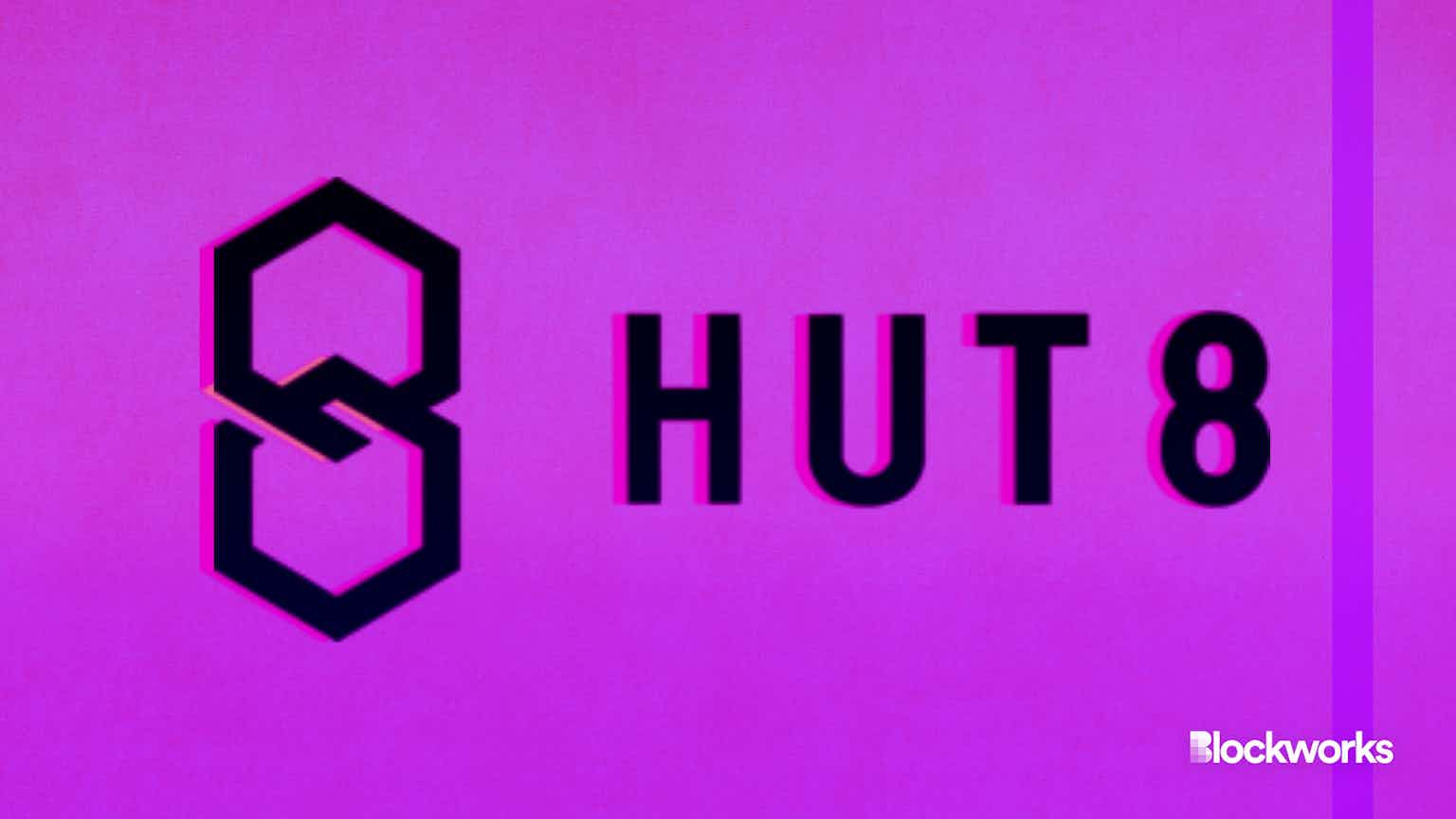Crypto Main Characters Drop Like Flies as Bear Market Turns One
Say happy birthday to the crypto bear market as we recap adventures of some of the industry’s biggest names

One year ago today, the total crypto capitalization hit an all-time high just shy of $3 trillion, marking the beginnings of the current bear market.
The $69,000 bitcoin peak last November ushered in a golden phase for digital assets, a place where eccentric characters plowing billions of dollars into promising — and risky — startups and protocols banked historic returns.
Since then, compounding liquidity crises have driven capital out of crypto markets, and crypto collectively plummeted by two-thirds. The real question is what — if anything — industry participants have learned from the nostalgia-tinged good times and the rocky prices that have persisted ever since.
“The past year was defined by the wunderkind,” said Patrick White, chief executive at crypto services firm Bitwave.
No wunderkind was bigger than FTX CEO Sam Bankman-Fried, who ran a popular centralized crypto exchange and was revered for his trading chops.
“He got his start as an arbitrager,” White told Blockworks. “Arbitrage is hard, daily grind kind of work. And I sort of always thought of him as a very disciplined person.”
Iconic enough to be known only as SBF, the former Jane Street quant slept on bean bags at his Hong Kong office and pledged to give away the majority of his billions.
In mid-2021, Bankman-Fried said his quickly-ascending company could consider buying Goldman Sachs once it overtook its more-established rival, Binance. When markets peaked a few months later, the FTX hype seemed justified, and a colorful group of characters were striving alongside Bankman-Fried to control a chunk of the decentralized future.
Upstart crypto lending platform Celsius had to expand its Series B round after over-fundraising its $400 million target. Its serial entrepreneur founder, Alex Mashinsky, published a book on using crypto to achieve financial independence, “The Mashinsky Method.”
The somewhat novel Terra stablecoin launched on Cosmos alongside its associated Luna token. Its brash founder, Do Kwon, enjoyed giddily shooting down any and all doubters.
When Kwon told a Terra skeptic to “have fun staying poor” on Twitter, it became a popular refrain among so-called LUNAtics, a group of young, very-online investors who thought Terra was their way out of uninspiring economic conditions. Considering crypto is ever-cyclical, Kwon, of course, had borrowed the maxim from Bitcoin maximalists.
“That was a demographic that genuinely feels like the world is not really set up for them anymore,” White said.
One of Terra’s chief investors was the crypto hedge fund Three Arrows Capital, run by millennial former Credit Suisse traders Kyle Davies and Su Zhu. Hailed for its enormous growth, the Singaporean fund became an in-demand backer for crypto projects before the bear struck.
Zhu and Davies made a down payment on a $50 million yacht meant to be bigger than any in Singapore. Opulent spending had become a part of crypto’s MO: Luxury watch prices would languish when crypto fortunes dried up. The free-spending “pharma bro” Martin Shkreli emerged from prison and launched a crypto project around the same time.
Zhu became notorious for his poetically bullish crypto tweets, once writing, “If you don’t understand crypto and refuse to learn, it’s gonna be a tough century for you.”
‘Deploying more capital — steady lads’
The big banks seemed to brace themselves. An Oct. 2021 Goldman report even extolled the virtues of DeFi.
Crypto has never regained its highs set just before the Covid-19 Omicron variant sent markets tumbling late last year. But a glut of larger-than-life crypto characters, still, slapped down big bets in the ensuing bear year — cheering the masses on to “ape” into digital assets at fire-sale prices.
MicroStrategy CEO Michael Saylor had eight months earlier told investors to mortgage their homes to buy bitcoin. El Salvadoran president Nayib Bukele repeatedly “bought the dip” in bitcoin pricing with the country’s sovereign wealth fund.
“I hope the year of characters is over,” said Luca Prosperi, an advisor at Cherry Ventures. “Many of those guys are either poker players or traders, and they have been massive gamblers.”
As prices slid, Terra’s dollar peg began to wobble. In early May, Terra’s Luna Foundation Guard threw $450 million in bitcoin at the stablecoin to help retain its value.
“Deploying more capital — steady lads,” Kwon wrote in an infamous now-deleted tweet.
By mid-May, Terra entered a death spiral, wiping out $30 billion in a matter of days. Three Arrows Capital lost $200 million from Terra, and ended up with a $3.5 billion hole in its highly-leveraged balance sheet.
The hedge fund firm declared bankruptcy, and Zhu and Davies vanished from the public eye, appearing at Zoom court hearings muted with cameras off. Court documents showed Zhu made himself a $5 million creditor, and Davies’ wife claimed she was owed $65 million.
The crypto liquidity crunch ricocheted outward. As it turned out, Mashinsky’s 8% Celsius yield was not money’s true value, as he told Blockworks in 2021, but an unsustainable cash-drain. Mashinsky also turned out to be selling Celsius tokens while advising investors to hold.
When Terra and Three Arrows Capital went under, Mashinsky insisted Celsius was fine. The next day, the exchange paused withdrawals. Celsius has since declared bankruptcy, and Mashinsky resigned.
Bull or bear, crypto character worship is dangerous
There seemed to be one crypto project thriving in the bear market: Bankman-Fried’s FTX. The firm bought troubled crypto lenders Bitvo and BlockFi while putting a bid on the bankrupt Voyager Digital. When Coinbase laid off 18% of its employees, SBF penned a Twitter thread explaining how FTX would continue growing even when competitors couldn’t.
“Sometimes, when others Zig, you Zag,” Bankman-Fried said.
Last week, CoinDesk said Alameda Research — the proprietary trading and venture capital firm also owned by Bankman-Fried — was propped up by FTX’s native FTT token, which is now plummeting. After striking out on new backing, Bankman-Fried weaved a tentative deal to sell his exchange to rival Binance and fellow billionaire CEO Changpeng Zhao. And that, too, quickly fell apart.
A year after crypto’s all-time high, its bull market protagonists are almost all in legal or financial trouble. Kwon is wanted by Interpol. Mashinsky is being investigated by Celsius’ creditors committee over his trading behavior. Saylor stepped down as MicroStrategy CEO and faces a $100 million tax fraud lawsuit.
3AC creditors are attempting to subpoena Zhu and Davies, who have apparently been uncooperative with bankruptcy proceedings. Bukele’s El Salvador had to buy back its own debt. When Bankman-Fried sold FTX, the final wunderkind in a year of wunderkinds toppled, no longer a billionaire. Prosperi wonders whether crypto can stay away.
“What worries me is that the same people are now worshiping [Zhao], a CEO of an exchange [who] is openly dumping bags,” Prosperi said. “This is gambling again.”
On Tuesday, after Bankman-Fried announced Binance’s pending acquisition of FTX, Su Zhu broke his public silence, writing on Twitter that his last few months were spent praying and surfing, and he is considering taking up a life of quietude in the woods.
At around the same time, Do Kwon and Martin Shkreli joined the “Up Only” podcast to talk about FTX’s fall.
“I want to let you know, jail’s not that bad,” Shkreli told Kwon.
Unsure how else to respond, the group burst out laughing.
Start your day with top crypto insights from David Canellis and Katherine Ross. Subscribe to the Empire newsletter.





